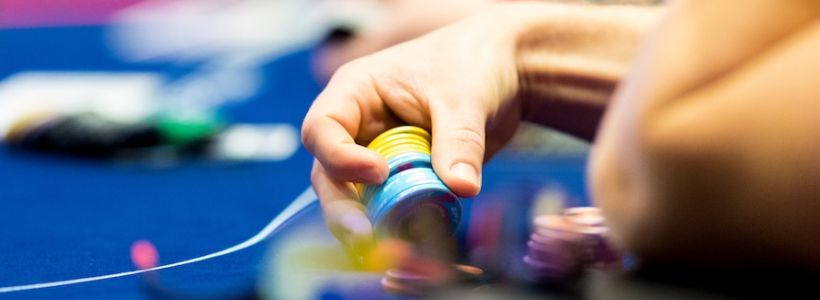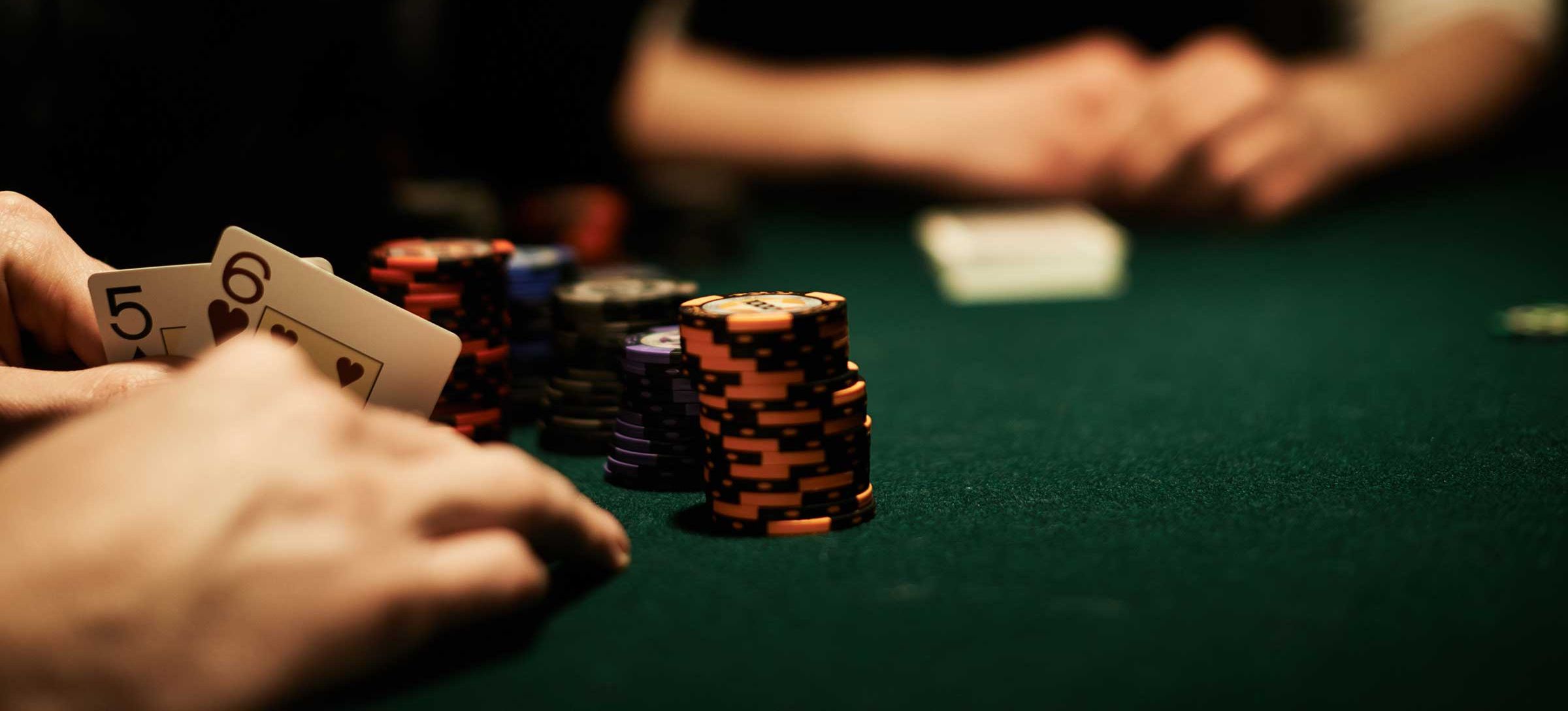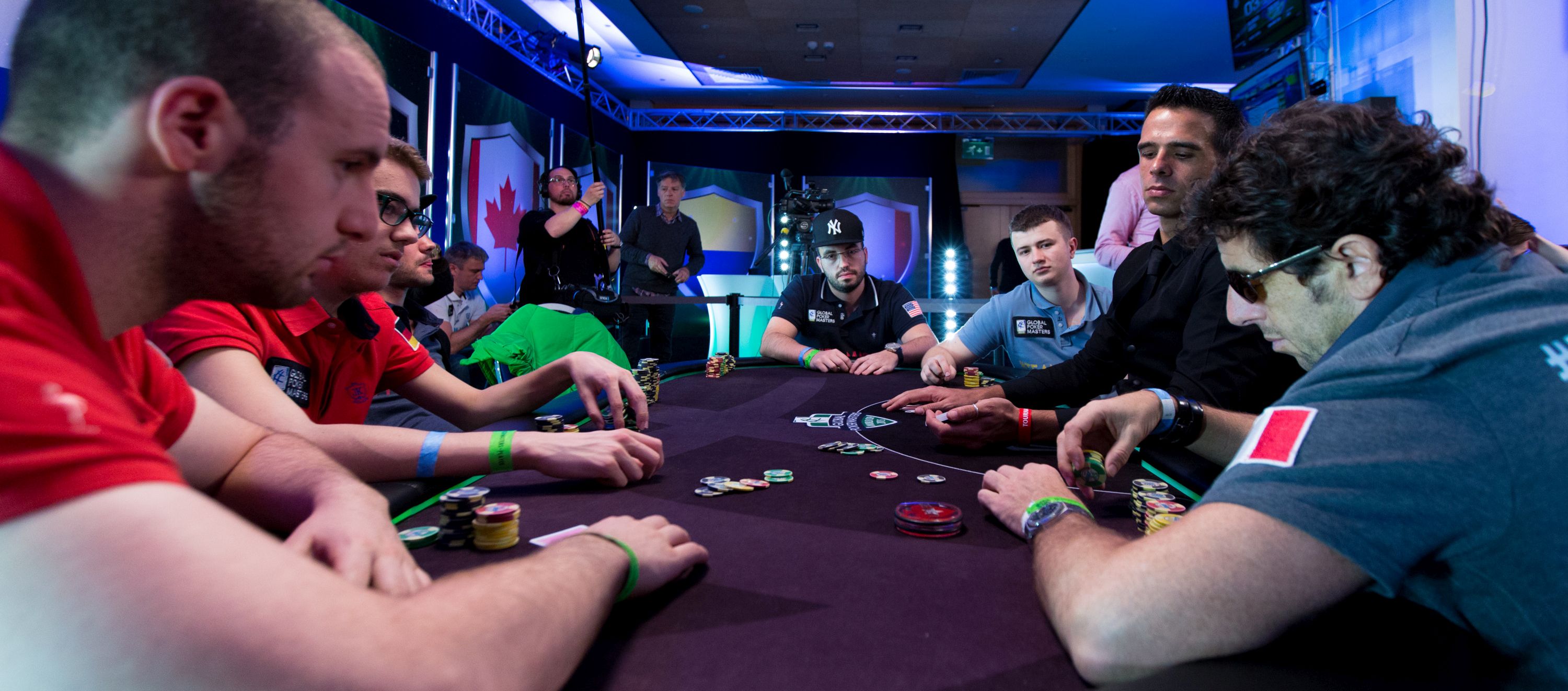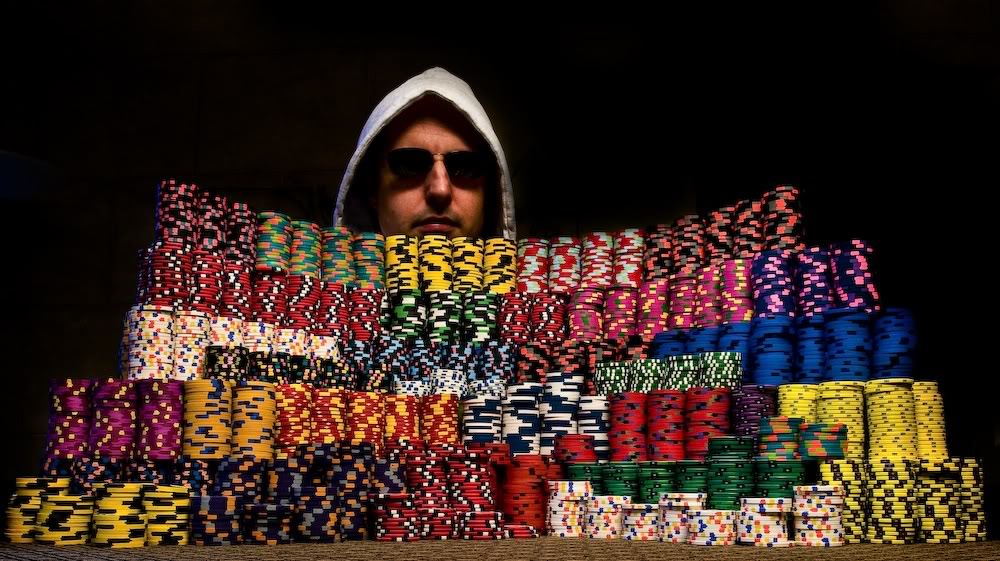
Poker players love to overcomplicate things and it's often coming from a good place. Poker is, after all, a very complicated game. 52 cards that we use to play our favorite game with can be arranged in more distinct ways than there are atoms on earth. This combined with holdem structure and the ability of players to invest any amount of chips at any point in the game that no-limit format provides and you get a game that's giving the modern computers a run for their money.
And so we're all fascinated by the technology surrounding poker, we're interested in game theory and other advanced concepts, we expect that complicated questions require complicated answers. That's a very good approach... if you're a serious low-stakes grinder "knocking on the heaven's (also known as midstakes) doors".

What are Thin Value Bets?
Thin value is where you bet with a marginal hand expecting to make a small profit because the number of weaker hands that will call your bet is greater than the number of stronger hands that villain has in his range. If you want to get all technical about it, value betting occurs when your bet has more than 50%equity against the opponent's calling range and so thinvalue betting will happen when you're closer to that 50% mark than a 100% mark.
Everybody knows that you should aim to put in as much money as possible into the pot when you're holding JJ on a J624T rainbow board (that being said micro stakes players are notoriously bad at this other basic concept called pot management), there's nothing thin about bombing the river in this spot. However, it's much more difficult to determine if you should bet the river holding JT on a Q54T4 board.

Examples of Thin Value Bets
Let's get to the meat and potatoes, shall we? We've already established that going beyond the scope of the theory that's applicable in a micro stakes environment can be in fact harmful (at least in the short term) so rather than discussing more theory let's look at some common spots where thin value betting might be a good idea.
- When playing against a loose passive opponent!
This is by far the most important factor you should be looking at when determining if value bet is, in fact, a good idea. This is true because of the fact that passive recreational players tend to play a lot more hands than regular players and they aren't very good at figuring our the relative strength of their holdings which makes them much more call happy.
For example, let's say you decided to open on the MP with JJ, the regular player on the BU calls and you see the Qh9s2c flop, you check and he checks back. 3h comes in on the turn and you decide that you're most likely ahead and this card brings enough backdoor draws that you want to value bet and protect your hand. The river is 7s, does your opponent really have enough random 7x and 9x type hand in his range to merit a thin value bet? Is he calling with something like 44-66? Most likely not.

- When the top card pairs the board.
Once you see A hitting the turn on an AJ6A8 board and the action slows down the jig is up! Ax type hands become far less likely in both the caller's and the aggressor's range.
Since it's going to be hard for the caller to believe that the preflop aggressor has a monster in this situation the aggressor should be inclined to thin value bet with hands like Jx or TT-99, maybe even some 8x type hands depending on the action on previous streets and the opponent.
- When the draw misses.
This is a very common spot. Let's say you have KsTs and the flop comes Tc7s6s, you make a cbet and your opponent calls. You see the Qc on the turn and you follow up with another bullet, villain calls again. The river is a nice little brick like 2h.
Value betting a second pair for three streets is not something we commonly do but in this particular scenario with two different flush draws that bricked your opponent will be much more likely to call a thin bet than he would on many other board configurations.
- In spots where your range is bluff heavy.
We've talked a lot about value betting against recreational-loose passive types but thin value betting should be a vital part of your strategy no matter the opponent type. However, different villain archetypes require different adjustments.
If you happen to play against a more advanced opponent you can make your ranges more balanced and harder to read by thin value betting in spots where you're expected to bluff often. We touched on some of these spots above like the ones when the draw misses or top card pairs the board.

Betsizing and Value Owning Yourself
Let's briefly talk about the bet sizing as it pertains to the idea of thin value bets. As a general rule micro stakes, players tend to go way to low with their sizing which isn't optimal in a metagame where static ranges are prevalent. Putting this in simpler words, if you're holding AQ and playing against someone who's as likely to call your river bet with Q2s on a K83Q2 board in 1$ pot no matter if you bet 0.01$ or 1$ - you should bet 1$.
It's never as cut and dry as this but, extreme cases require extreme measures and for some reason, microstakes players tend to shy away from sizings that look exploitable. Pot size bets and 5x preflop isolations aren't "cool" because "professionals" aren't using them very often.
They aren't using them very often because they can indeed be exploitable and they are playing in the environment where the average player is aware enough to exploit obviously exploitable tendencies. This is not the case on micro stakes and guess what, if your favorite coach played NL2 instead of 500 Zoom he would be value overbetting60/4 and 37/13 players into oblivion.

However, there's one good reason why betting on a smaller side might be a good idea when thin vbetting. Since thin value betting occurs so close to that "50% equity vs. calling range" mark, you want to avoid the situation when you bet so much that you remove some of the weaker combinations from villain's range and therefore decreasing your equity below 50%.
This is often called "value owning yourself" and as the name suggest it's not very pleasant nor is it good for your win rate. Since we talked a lot about loose-passive players with static ranges it's important to point out that no range is truly static.
More Top Rated Content
Articles
- Limitations of a HUD
- Zoom Poker Strategy Guide
- Protect Against Malware and Hackers - Keep Your Poker Account Safe
Coaching Videos


